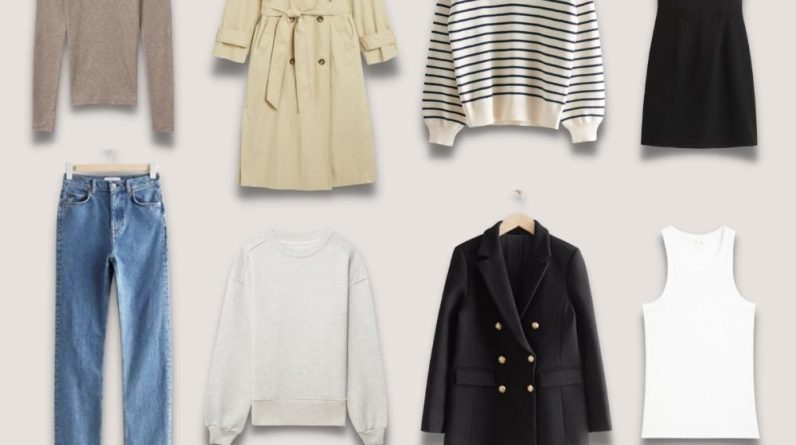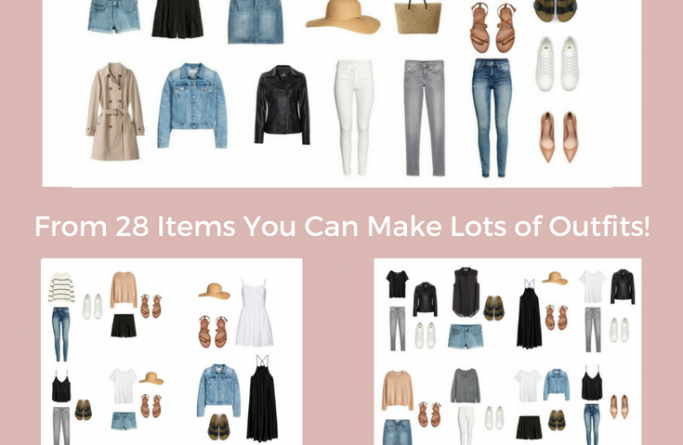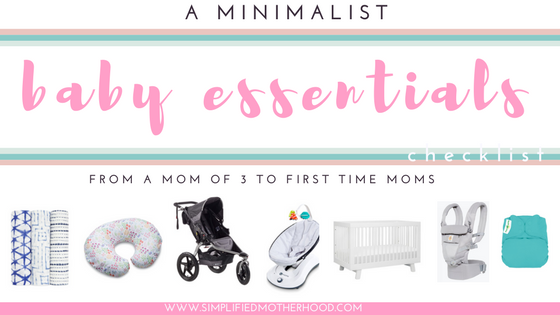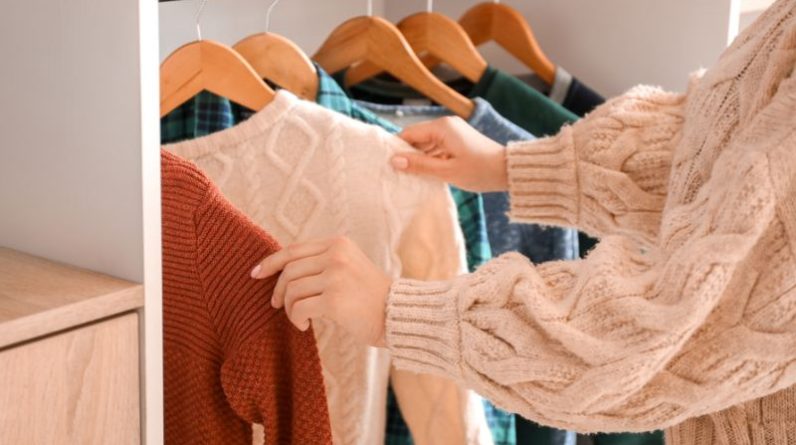
Imagine opening your closet every morning and feeling a sense of calm and ease as you effortlessly select the perfect outfit for the day ahead. With the ultimate guide to creating a minimalist closet, you can transform your chaotic wardrobe into a curated collection of timeless essentials that reflect your personal style. Say goodbye to clutter and hello to a simplified and streamlined approach to fashion. In this article, we will explore the key principles of a minimalist closet and guide you through the process of decluttering, organizing, and curating a wardrobe that sparks joy and makes getting dressed a breeze. Get ready to embrace simplicity and elevate your style effortlessly.
Table of Contents
Benefits of a Minimalist Closet
Less decision fatigue
Having a minimalist closet can significantly reduce decision fatigue in your daily life. Think about how much time you spend every morning trying to decide what to wear. By streamlining your wardrobe to include only the essentials, you eliminate the overwhelming options and can easily select an outfit without wasting precious time and energy.
Saves time and money
With a minimalist closet, you’ll save both time and money. Instead of constantly shopping for new clothes to keep up with trends or buying items that you rarely wear, you can focus on investing in high-quality pieces that will stand the test of time. This not only saves you money in the long run but also eliminates the need to spend hours browsing stores or online shops.
Reduced clutter and stress
Living with less clutter can have a profound impact on your mental and emotional well-being. A minimalist closet means you’ll no longer have to deal with overflowing drawers, overcrowded hangers, or piles of clothes on the floor. By simplifying your wardrobe and keeping it organized, you’ll experience a sense of calm and clarity, free from the stress and anxiety that clutter can bring.
Increased focus on quality
Having a minimalist closet allows you to shift your focus from quantity to quality. Instead of having a closet full of cheap, fast fashion pieces that quickly fall apart, you can invest in well-made, timeless garments that will last for years. By prioritizing quality over quantity, you’ll not only have a more sustainable wardrobe but also enjoy the benefits of wearing well-made clothes that look and feel luxurious.
Eco-friendly and sustainable
By embracing a minimalist closet, you’re making a conscious choice to reduce your environmental impact. The fashion industry is one of the largest contributors to pollution and waste, but by adopting a minimalist approach, you’re actively participating in sustainable fashion. By selecting pieces mindfully and keeping your wardrobe minimal, you’ll contribute to the reduction of textile waste and promote a more eco-friendly lifestyle.
Planning Your Minimalist Closet
Assessing your current wardrobe
Before you start creating a minimalist closet, it’s important to assess your current wardrobe. Take inventory of every item you own, including clothes, shoes, and accessories. As you go through each piece, ask yourself whether it aligns with your personal style and if you truly love and wear it regularly. This assessment will help you identify the items that can stay and those that need to go.
Defining your personal style
To create a minimalist closet that reflects your true self, it’s crucial to define your personal style. Consider the colors, silhouettes, and patterns that you are naturally drawn to. Think about the clothes that make you feel confident and comfortable. By pinpointing your personal style, you can make more intentional choices when curating your minimalist wardrobe.
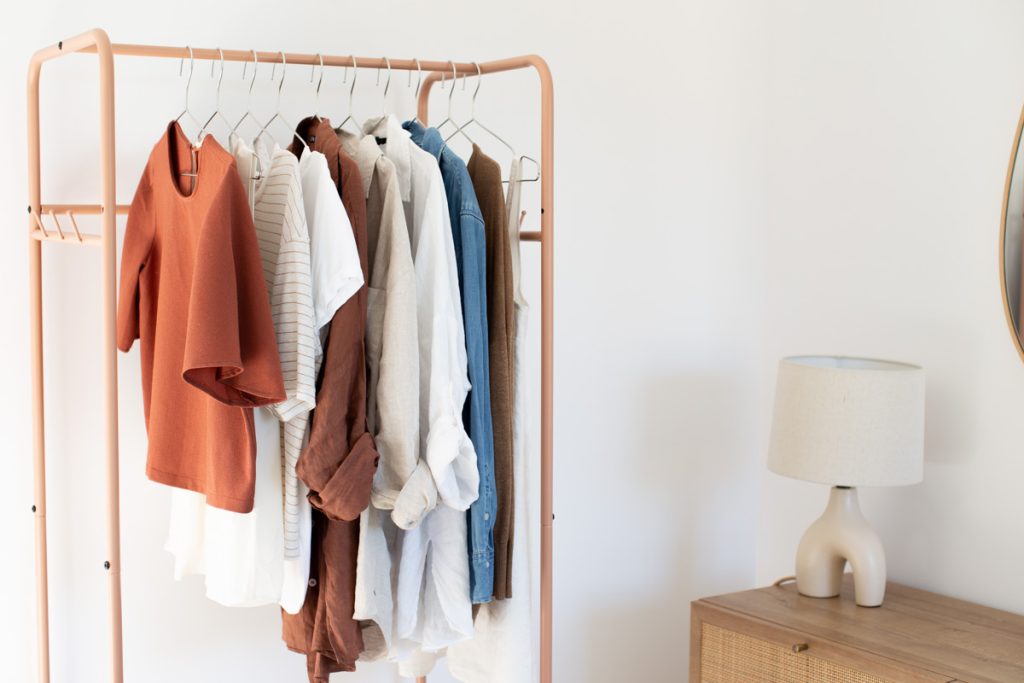
This image is property of modernminimalism.com.
Identifying your needs
Everyone’s lifestyle and needs are different, and your minimalist closet should be tailored to suit your specific requirements. Take into account your work environment, social activities, and hobbies. Think about the occasions you regularly dress for and the types of garments you need to fulfill those needs. By identifying your specific needs, you can ensure that your minimalist closet is both practical and functional.
Setting goals and priorities
When creating a minimalist closet, it’s helpful to set goals and priorities. Decide what you want to achieve with your wardrobe and what aspects are most important to you. Is it versatility, sustainability, or simplicity? Set specific goals, such as reducing your wardrobe to a certain number of items or incorporating more sustainable fashion choices. These goals will guide your decision-making process and help you stay focused throughout the journey.
Determining your budget
Budgeting is an essential aspect of planning your minimalist closet. Decide how much you’re willing to spend on your new wardrobe and allocate funds accordingly. Remember, investing in high-quality pieces may require a larger initial investment, but they will often save you money in the long run. Consider setting aside a portion of your budget for future purchases and alterations to accommodate changes in your style or lifestyle.
Decluttering Your Closet
Emptying and sorting
To begin decluttering your closet, empty it completely. Take out every item and lay them out in a designated space. This will give you a clear visual of what you have and allow you to assess each piece individually. As you sort through your clothing, consider its condition, fit, and how often you wear it. Separate your items into categories, such as tops, bottoms, dresses, and outerwear.
The KonMari method
One popular way to declutter your closet is by using the KonMari method, developed by Marie Kondo. This method encourages you to ask yourself whether each item sparks joy. If an item no longer brings you joy or serves a purpose, it’s time to let it go. Hold each piece in your hands and carefully consider how it makes you feel. If it doesn’t bring you happiness, gratitude, or fulfillment, it’s best to part ways with it.
Identifying essentials
When decluttering, pay attention to your wardrobe essentials. These are the timeless, versatile pieces that form the foundation of your minimalist closet. Classic items like a well-fitting pair of jeans, a white button-down shirt, or a little black dress are considered essentials because they can be styled in countless ways and serve as a base for different outfits. Identify these essential pieces and make sure they stay in your closet.
Creating discard piles
As you declutter, create different discard piles for items you no longer need. It can be helpful to have separate piles for donations, items to sell, and items that need to be thrown away due to poor condition. This way, you can easily sort through your discards and take the necessary steps to responsibly dispose of or repurpose them.
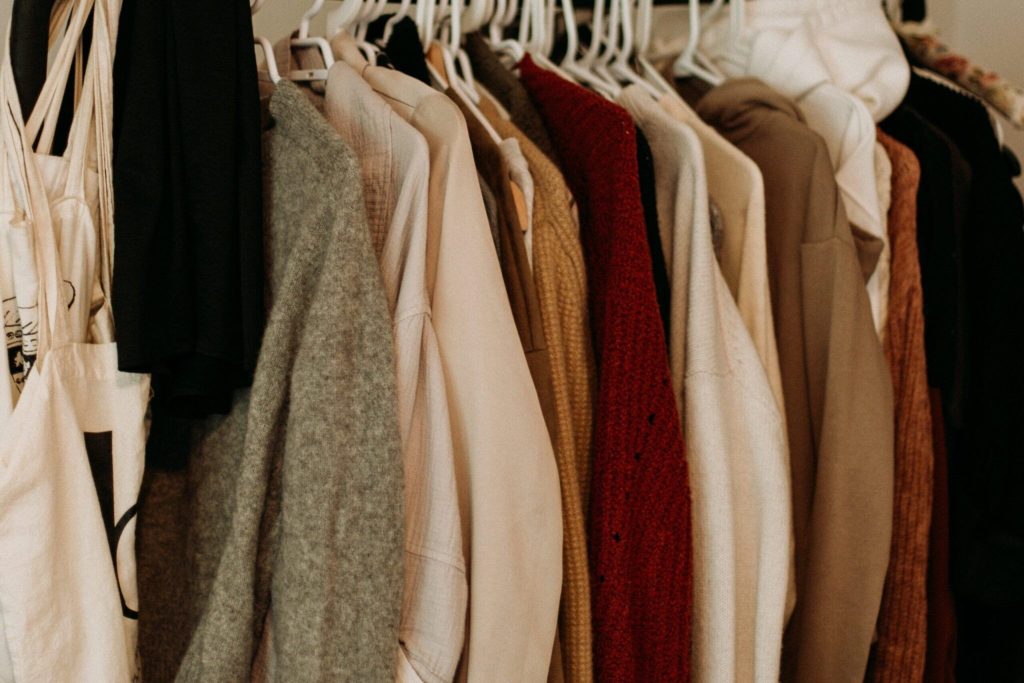
This image is property of barefootminimalists.com.
Deciding what to keep, donate, or sell
When deciding whether to keep, donate, or sell an item, consider its condition, sentimental value, and usefulness. Keep items that align with your personal style and those that you genuinely love and wear regularly. Donate items that are still in good condition but no longer serve you. Sell items that are in excellent condition and have value to someone else. By being selective and intentional, you’ll create a minimalist closet filled only with items that bring you joy and serve a purpose.
Building a Capsule Wardrobe
Selecting versatile pieces
Building a capsule wardrobe is all about selecting versatile pieces that can be mixed and matched to create a wide range of outfits. Look for garments that can be dressed up or down and can be worn in multiple settings. Pieces like a tailored blazer, a versatile pair of trousers, or a classic white T-shirt are examples of versatile items that can be the building blocks of your capsule wardrobe.
Choosing a color palette
A cohesive color palette can greatly enhance the versatility of your capsule wardrobe. Select a color palette that consists of neutral colors, such as black, white, gray, navy, and beige. These colors are timeless, easy to mix and match, and can effortlessly create a cohesive and polished look. By sticking to a color palette, you can easily create outfits that blend seamlessly together.
Understanding your lifestyle
Consider your lifestyle and daily activities when building your capsule wardrobe. Think about the settings you typically find yourself in and the type of clothing that is appropriate for those occasions. If you work in a corporate environment, your capsule wardrobe may consist of more tailored pieces. If you have an active lifestyle, you may prioritize comfortable and functional garments. Tailor your wardrobe to your lifestyle to ensure that it meets your needs and allows you to look and feel your best.
Mixing and matching
A key aspect of a capsule wardrobe is the ability to mix and match your pieces. Look for items that complement one another and can be layered or paired together seamlessly. Consider the versatility of each piece and how it can be styled with different items in your wardrobe. By focusing on mixability, you can create countless outfit combinations with a limited number of garments.
Capsule wardrobe essentials
Every capsule wardrobe should include certain essentials that form the foundation of your minimalist closet. These essentials may vary depending on personal style and lifestyle, but some common examples include a tailored blazer, a white T-shirt, dark wash jeans, a little black dress, and a versatile pair of flats. These essential pieces can be the building blocks for your capsule wardrobe and can be dressed up or down for various occasions.
Organizing Your Minimalist Closet
Investing in high-quality storage solutions
To maintain a well-organized minimalist closet, it’s important to invest in high-quality storage solutions. Look for sturdy hangers, storage bins, and shelves that can withstand the test of time. By investing in quality storage solutions, you ensure that your clothes are properly cared for and easily accessible whenever you need them.
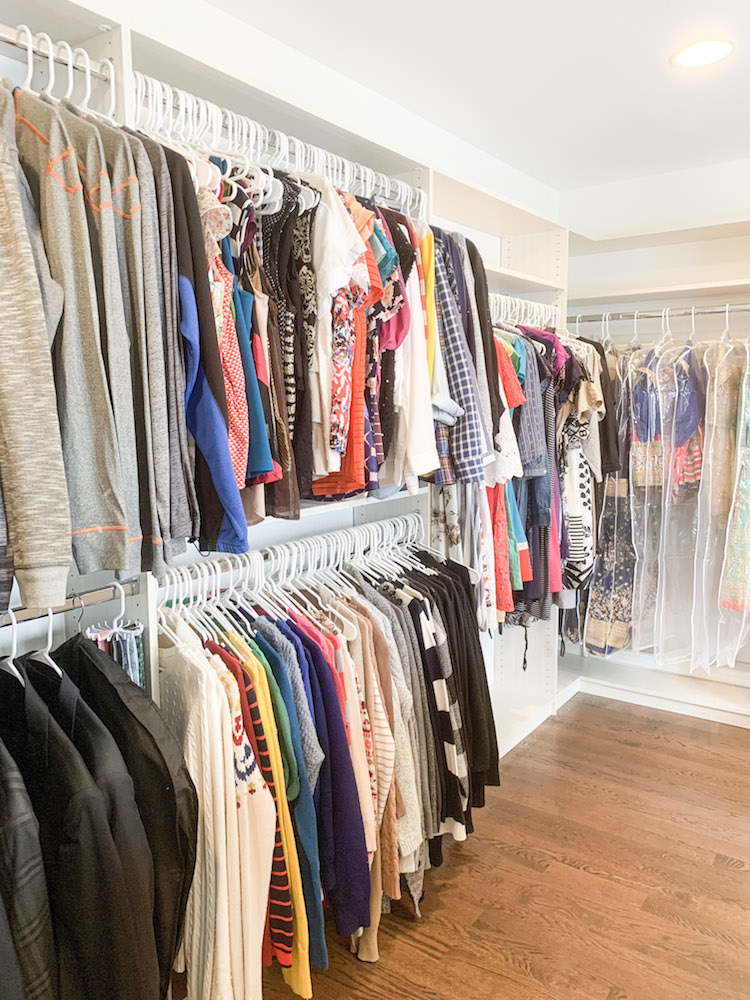
This image is property of 149350288.v2.pressablecdn.com.
Utilizing space efficiently
Make the most of your closet space by utilizing it efficiently. Use the vertical space by installing additional shelves or hanging organizers. Consider utilizing the back of the door or the inside of the closet door for additional storage options. By maximizing your space, you create room for your essentials without overcrowding your closet.
Categorizing and grouping items
Organize your minimalist closet by categorizing and grouping similar items together. This could include grouping tops, bottoms, dresses, or arranging items by color. By categorizing and grouping items, you not only create a visually pleasing closet but also make it easier to locate and access the items you need.
Labeling and maintaining order
Labeling can be a useful tool for maintaining order in your minimalist closet. Use labels to identify different sections or bins, making it easy to find specific items. Consider labeling storage containers or shelves to quickly identify what goes where. By labeling your closet, you’ll ensure that everything has a designated place and helps maintain the overall organization.
Maximizing visibility and accessibility
When organizing your minimalist closet, prioritize visibility and accessibility. Arrange your clothes so that you can easily see every item at a glance. Avoid overcrowding hangers to prevent garments from becoming hidden or getting wrinkled. Store items that you wear frequently at eye level for easy access. Accessibility and visibility will save you time and frustration when getting dressed, allowing you to effortlessly navigate your minimalist wardrobe.
Shopping Mindfully for Your Closet
Avoiding impulsive purchases
One of the key principles of maintaining a minimalist closet is to avoid impulsive purchases. Instead of buying on a whim, take the time to carefully consider each purchase. Ask yourself if the item aligns with your personal style and if it will truly enhance your wardrobe. By avoiding impulsive purchases, you’ll reduce the likelihood of adding unnecessary clutter to your closet.
Creating a list of desired items
Before shopping, create a list of items that you genuinely need or desire for your minimalist closet. This list can include specific pieces that would complement your existing wardrobe or replace worn-out essentials. By having a list, you stay focused and are less likely to be swayed by trendy but ultimately unnecessary items.
Researching ethical and sustainable brands
When shopping for your minimalist closet, consider supporting ethical and sustainable fashion brands. Research companies that prioritize fair labor practices, use environmentally friendly materials, or support social causes. By purchasing from these brands, you contribute to a more sustainable and responsible fashion industry.

This image is property of modernminimalism.com.
Considering quality over quantity
When it comes to building a minimalist closet, quality should always be prioritized over quantity. Invest in well-made garments that are durable and constructed to last. Avoid purchasing cheap, fast fashion items that quickly fall apart or lose their shape. By choosing quality over quantity, you’ll reduce the need for constant replacements, ultimately saving money and reducing waste.
Implementing a waiting period
To avoid impulsive purchases, consider implementing a waiting period before buying new items. When you find something you’re interested in, wait a predetermined amount of time, such as a week or a month, before making the purchase. This waiting period allows you to reassess whether the item is truly necessary and prevents impulse buying. Often, you’ll find that you no longer desire the item after the waiting period, saving you from potential regret or clutter.
Organizing Your Clothes by Season
Rotating clothes seasonally
Organizing your clothes by season is a practical way to maximize your closet space and keep it tidy. Rotate your wardrobe seasonally by storing off-season items in a separate space, such as storage bins or vacuum-sealed bags. This helps ensure that you have easy access to appropriate clothing for the current season while keeping your closet free from unnecessary clutter.
Properly storing off-season items
When storing off-season items, it’s important to do so properly to maintain their condition. Clean and launder everything before packing it away to prevent stains or odors from setting in. Fold or roll your clothes neatly to minimize creasing. Consider using storage bins with airtight lids or vacuum-sealed bags to protect your off-season items from dust, moisture, and pests.
Cleaning and maintaining garments
Properly caring for your clothes is essential in maintaining a minimalist closet. Follow the care instructions on each garment’s label to ensure longevity. Regularly clean and launder your clothes, paying attention to delicate fabrics and specific cleaning requirements. By properly maintaining your garments, they’ll last longer and remain in excellent condition throughout the seasons.
Transitioning between seasons
As the seasons change, transitioning your wardrobe can be a smooth and intentional process. Take the time to evaluate your needs for the upcoming season and plan accordingly. Consider what items from your current wardrobe can transition well and what new pieces may be necessary. By approaching the transition with intentionality, you’ll ensure that your minimalist closet remains practical and suitable for the changing weather.
Maximizing space for each season
When organizing your minimalist closet by seasons, it’s important to maximize the space available for each season’s clothing. The off-season items should take up less prime closet space, such as the back or higher shelves, while the clothing for the current season should be easily accessible. Utilize storage solutions like hanging organizers or additional shelves if needed. By efficiently using your space, you can ensure that each season’s clothing has its designated place.
Adding Personality and Versatility
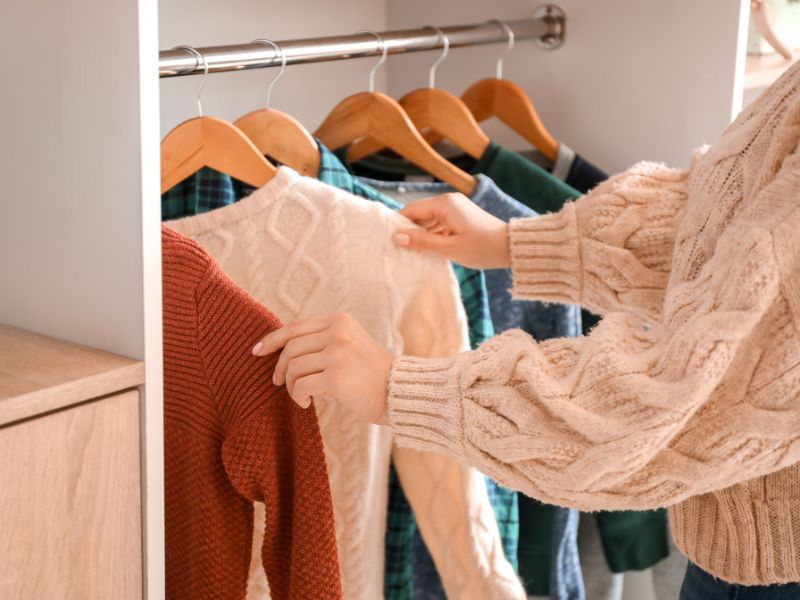
This image is property of www.thesimpleparadise.com.
Accessorizing with intention
Accessories can add personality and versatility to your minimalist wardrobe. Select accessories that enhance your personal style and can be mixed and matched with various outfits. Choose items like scarves, statement jewelry, hats, or belts that can effortlessly elevate your outfits and reflect your unique taste.
Experimenting with different styles
Although a minimalist closet is often associated with simplicity, it doesn’t mean you have to stick to one specific style. Feel free to experiment with different styles to expand your fashion horizons. Try out different silhouettes, patterns, or colors that may be outside your comfort zone. Use your minimalist wardrobe as a canvas to express your creativity and explore new styles.
Layering and mixing textures
Layering and mixing textures can add depth and interest to your minimalist outfits. Experiment with different fabric weights, such as layering a lightweight blouse under a chunky knit sweater. Play with textures by pairing smooth silk with rough denim, or soft cashmere with structured leather. By incorporating layering and texture, you can create visually compelling outfits with a limited number of garments.
Finding signature pieces
When curating your minimalist closet, consider finding signature pieces that represent your personal style and become your fashion “signatures.” These signature pieces can be unique items that you adore and wear frequently. They can be a special vintage find, a statement accessory, or a distinctive outerwear piece. These signature pieces become a reflection of your individuality and add a touch of personality to your minimalist wardrobe.
Adapting your wardrobe for various occasions
A minimalist closet doesn’t mean sacrificing style or versatility. With some planning and thoughtful choices, you can adapt your wardrobe for various occasions. Invest in a few key versatile pieces that can be dressed up or down. Look for items like a tailored blazer that can elevate a casual outfit for work or can be paired with jeans for a night out. With versatile pieces and creative styling, you can be ready for any occasion without cluttering your minimalist closet.
Maintaining a Minimalist Closet
Regular evaluations and adjustments
To maintain a minimalist closet, it’s essential to regularly evaluate and adjust your wardrobe. As your style evolves or your needs change, certain items may no longer serve a purpose in your closet. Set aside time periodically to reassess your minimalist closet and declutter any items that no longer align with your goals or personal style.
Resisting the urge to overfill
One challenge in maintaining a minimalist closet is resisting the urge to overfill it with unnecessary items. Stay mindful of your overall goals and priorities and avoid falling into the trap of mindless consumption. Every time you consider adding something new to your closet, ask yourself if it truly aligns with your needs and personal style. By remaining vigilant, you can prevent your minimalist closet from becoming overcrowded and losing its purpose.
Addressing potential clutter build-up
Even with a minimalist mindset, clutter can still build up over time. To maintain an organized minimalist closet, it’s important to address clutter as soon as it arises. Regularly check for misplaced items or belongings that have strayed from their designated places. Take the time to promptly reorganize and put things back in order. By addressing clutter build-up promptly, you can ensure that your minimalist closet stays clutter-free and functional.
Implementing a one-in-one-out policy
A helpful approach to maintaining a minimalist closet is implementing a one-in-one-out policy. For every new item you add to your wardrobe, remove an existing item. This policy ensures that your closet remains curated and clutter-free, as you are consistently evaluating your belongings and making space for new additions. This practice helps you stay mindful of what you truly need and prevents your minimalist closet from becoming overcrowded.
Staying true to your personal style
As you navigate through your minimalist closet journey, always stay true to your personal style. Your wardrobe should be a reflection of your unique taste and individuality. Resist the temptation to follow passing trends or purchase items simply because they’re popular. Instead, prioritize clothing that makes you feel confident, comfortable, and aligns with your personal style. By staying true to yourself, you’ll cultivate a minimalist closet that truly represents who you are.
Sharing the Minimalist Closet Lifestyle
Inspiring others through your journey
As you embark on your minimalist closet journey, you have the opportunity to inspire others with your experiences and choices. Share your story and progress with friends, family, or an online community. By openly discussing the benefits and joys of a minimalist closet, you might motivate others to consider simplifying their own lives and closets.
Educating friends and family
Take the opportunity to educate your friends and family about the benefits of a minimalist closet. Share your knowledge and insights about sustainable fashion, the impact of consumerism, and the joy of living with less. Encourage your loved ones to reconsider their consumer habits and explore the possibility of embracing a more minimalist lifestyle.
Supporting sustainable fashion
Embrace your role as a supporter of sustainable fashion. Seek out and support brands that prioritize ethical sourcing, transparency, and sustainable practices. By making conscious purchasing decisions and actively supporting sustainable fashion, you contribute to the positive change in the fashion industry.
Engaging in clothing swaps
Consider participating in clothing swaps as a way to refresh your minimalist closet without excessive spending or waste. Connect with friends, family, or local communities to organize clothing swap events. These events allow participants to exchange clothes, accessories, and shoes they no longer want or need. Clothing swaps promote sustainability by giving new life to unwanted items and minimizing the demand for new purchases.
Embracing the simplicity and freedom
Above all, embracing the simplicity and freedom that a minimalist closet offers is a significant part of the lifestyle. Remember that the purpose of a minimalist closet is not to restrict or limit you but to provide ease, clarity, and purpose. Celebrate the simplicity and freedom that comes with owning fewer possessions and enjoy the peace of mind that your minimalist closet brings.





